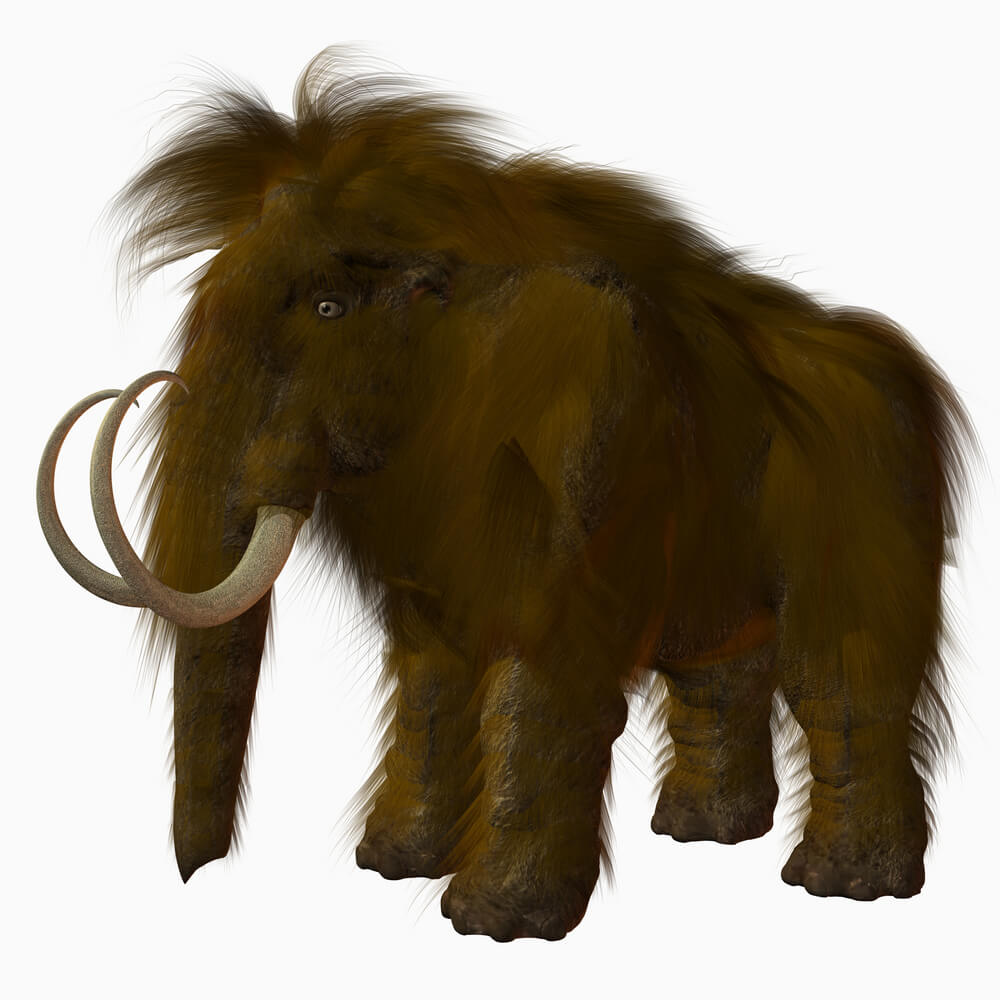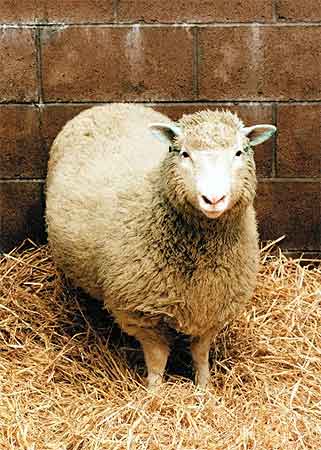From the Dolly sheep tribe, Prof. Ian Wilmot published an article today, in which he claimed that it would be possible to clone a woolly mammoth and thereby renew the existence of this extinct species using stem cells, but to realize this many challenges must be overcome including - how to obtain 500 female elephant eggs, A species that is itself in danger of extinction

Wilmot, Professor Emeritus at the MRC Center for Regenerative Medicine at the University of Edinburgh in Scotland, known as the scientist who cloned Dolly the sheep - the first cloned mammal, wrote An article in the popular scientific journal the conversation and in it he detailed his ideas on how to bring the extinct giant animal back to life. According to him, it will not be possible to use the same methods he used when he created Dolly the sheep in 1996 to create a mammoth. However, "it would be biologically interesting to work with living mammoth cells if such are found." As you may recall, about two months ago researchers in Russia reported the discovery of a mammoth corpse Blood flowed from her when they tried to rescue her from the glacier.
"To bring about the birth of a cloned mammoth, a female of a related species will be needed to provide an unfertilized egg and if the cloned embryo develops, to carry it in the womb," he writes. "Cloning requires two cells, one cell is an egg that is found in the uterus of a donor female around the time when she is ready to be fertilized and of course cells from the animal that you want to clone.
He estimates that several hundred to a thousand eggs will be required to ensure success with current cloning methods. One of the ideas is to take aborted eggs, but according to Wilmot, it is not advisable to try to obtain 500 eggs from an endangered mammal itself. Instead, he suggests taking out just a few eggs from female fillies and implanting them into mice, which would be able to produce a large amount of eggs.
The chances of finding mammoth cells in the Capo Siberian landscape that remain in animal condition will increase if it is possible to find bones preserved at the lowest possible temperatures. According to him, these cells will lose their vitality rapidly as temperatures rise above the melting temperature of ice so that even the coldest bones will be useless if exposed to high temperatures.

According to him, it will be necessary to insert the genetic material of the mammoth into the egg as soon as possible by injecting the contents of the damaged cell into the egg. If a fetus develops as a result, it will be necessary to transfer it to a surrogate mother in order for the pregnancy to develop. Embryo transfer has so far been carried out in less than ten species, and elephants are not one of them.
"There is no guarantee that these techniques are even biologically possible. It is possible that there are unknown differences between species that would prevent the procedure we developed in sheep and was successful, despite the uncertainties of these techniques."
However, Prof. Wilmot also suggests thinking about the ethical aspects of cloning mammoths, and especially whether it would be possible to offer her a company, that is, to clone more than one mammoth, and whether it would be possible to provide her with a suitable living environment.

13 תגובות
One of the ideas is to take -typo
Harel:
Are you also against treating the sick and disabled who without the treatment will not survive through nature?
בThe optimization problem Our laws of nature are constraints - they are not goals.
It would actually be fair if the one who caused the extinction is the one who returns the animal to the wild.
What about the whole process of evolution that the genes are not for? What did not survive through nature is probably out of place.
In any case, it should be understood that the cloning will not be accurate because of the mitochondrial DNA.
To clone an exact clone a live mammoth egg is needed.
Maybe we could just build a time machine and bring a ready-made mammoth here straight away.
Haim:
The DNA of the mummified pharaohs is destroyed and cannot be recovered - unlike the mammoth that was found frozen and many of its cells are intact.
Therefore there is a difference in terms of applicability.
The difference in terms of interest is even greater because what interest do we have in the reconstruction of the human race?
All this, of course, beyond the ethical problems of the whole issue.
It doesn't seem reasonable to me to dismiss with a wave of the hand the opinion of the first person who managed to clone a mammal.
Doesn't sound like something impossible.
It will also be possible to revive all kinds of people such as the Neanderthal man.
In reality it would be a normal kid texting on an iPhone and listening to dance music
A clone that is out of this world and probably delusional as well. Maybe one of the pharaohs can be cloned. Take Thutmose III for example. will take a single cell from his embalmed body. They will combine it with a volunteer's egg. The same volunteer, if you are indeed someone who wants to get pregnant, very very unusual, to put it mildly, and after 9 months you will give birth to a healthy baby and his name will be Thutmose IV or Thutmose III Jr. This baby will grow up to be a man and, being an adult, it will be possible to hypnotize him and put him into a deep regression so that he can raise
Memories of ancient times. He might want to marry Cleopatra.
Anyone who deals with science fiction and writes a story in this genre, is invited to use this delusional idea and write a science fiction historical novel.